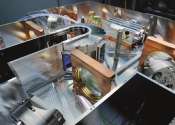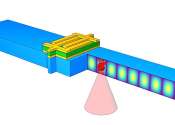A 20 kW laser system for producing high-purity crystals
High-purity semiconductor crystals are required for power electronics in electric cars or in photovoltaics. When such crystals reach a diameter of 2 inches, they become relevant for industrial applications.
Feb 9, 2024
0
31









